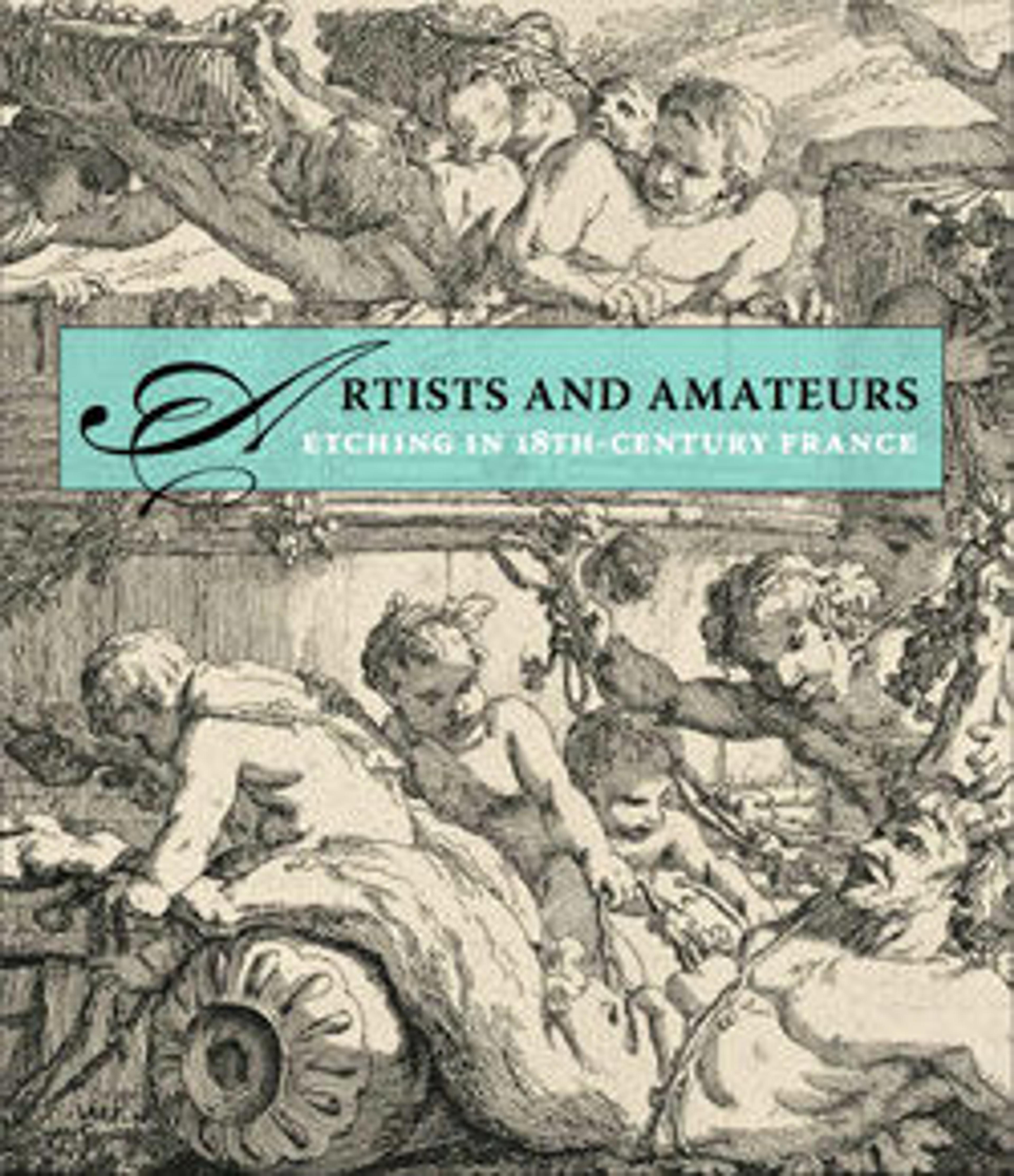The Chimera (La Chimère de Monsieur Desprez)
Trained as an architect, Desprez won the Prix de Rome for architecture in 1776 and lived in Italy from 1777 to 1784 where he found employment as an illustrator. In 1784 he left for Stockholm as theatre designer to king Gustav III. Today he is best remembered for his skills as a draftsman. He also made a small number of original etchings, of which La Chimère is both the most accomplished and the most bizarre.
The subject is described in a lengthy inscription which appears on the fifth state of the print. Born on the burning sands of Africa, Desprez's mythical beast has three heads: one a bird and two with the features of the devil. The skeletal monster devours its human prey amid the bones of its previous victims framed by the dark semicircle of an archway, the pale semicircle of the moon visible beyond. Even seen against the venerable tradition of demonic creatures in Western art, Desprez's macabre vision is a tour de force of his inventive skills and graphic technique.
The subject is described in a lengthy inscription which appears on the fifth state of the print. Born on the burning sands of Africa, Desprez's mythical beast has three heads: one a bird and two with the features of the devil. The skeletal monster devours its human prey amid the bones of its previous victims framed by the dark semicircle of an archway, the pale semicircle of the moon visible beyond. Even seen against the venerable tradition of demonic creatures in Western art, Desprez's macabre vision is a tour de force of his inventive skills and graphic technique.
Artwork Details
- Title: The Chimera (La Chimère de Monsieur Desprez)
- Artist: Louis Jean Desprez (French, Auxerre 1743–1804 Stockholm)
- Date: ca. 1777–84
- Medium: Etching
- Dimensions: sheet: 11 5/16 x 14 7/16 in. (28.8 x 36.6 cm)
- Classification: Prints
- Credit Line: Purchase, 1998
- Object Number: 1998.248
- Curatorial Department: Drawings and Prints
More Artwork
Research Resources
The Met provides unparalleled resources for research and welcomes an international community of students and scholars. The Met's Open Access API is where creators and researchers can connect to the The Met collection. Open Access data and public domain images are available for unrestricted commercial and noncommercial use without permission or fee.
To request images under copyright and other restrictions, please use this Image Request form.
Feedback
We continue to research and examine historical and cultural context for objects in The Met collection. If you have comments or questions about this object record, please contact us using the form below. The Museum looks forward to receiving your comments.
